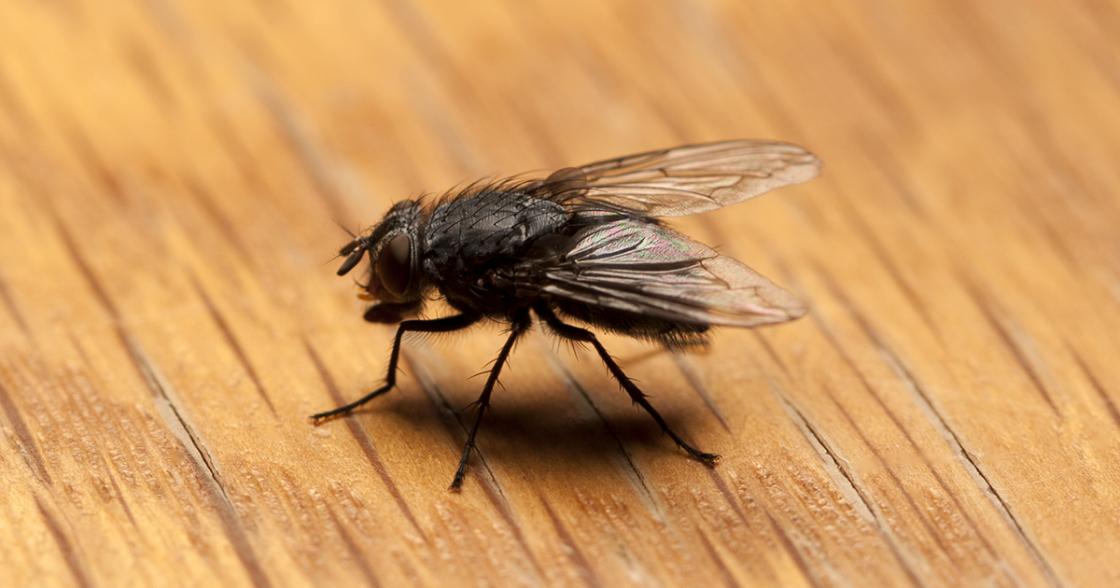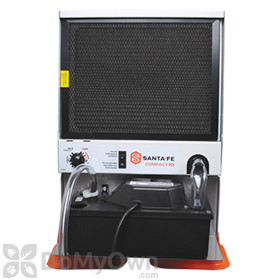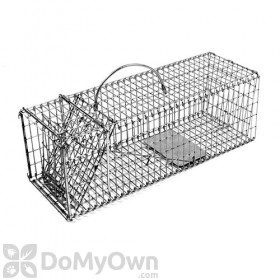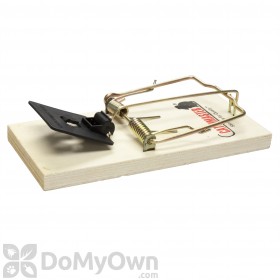
After a flood, homeowners assess the damage to their home and yard and try to get back to normal. Insurance claims, ruined furniture, and drywall repairs are common after a flood. But one thing homeowners often forget are the new pest problems that occur both during floods and after flood waters retreat.
Like people, pests try to avoid flood waters by moving to higher, drier land. Unfortunately, that dry land is often your home. Read below to learn more about the pests you may encounter after a flood and how to control an infestation.
Pests You Might Encounter After a Flood
After a flood, be on the lookout for the following pests:
Fire Ants

Fire ant colonies will cling together in a flood and create a living raft in order to survive rising waters as they search for dry land. Once dry land is found, fire ants will invade the dry yard or home. Read our guide on how to treat your home for fire ants for the steps and products needed to eliminate an infestation.
Cockroaches

Cockroaches are naturally drawn to humid, wet conditions, meaning they thrive in a home post-flood. American cockroaches especially will seek warm structures after a storm. Use our helpful guide on how to get rid of roaches for advice on how and where to treat your home in order to eliminate roaches.
Cave Crickets

Also known as camel crickets, these non-chirping nocturnal crickets invade structures when it becomes hot outside. They will also feed off rotting wood, which can draw them to a flood-damaged home. Advice on how to contain and eliminate cave crickets from your home can be found in our get rid of crickets guide.
Flies

Floods cause sewers to overflow, bringing sewage above ground and out into the open air. The organic material in sewers attracts flies. Likewise, sewage and other damp organic material, like food, inside homes will also attract flies. Our guide on fly treatment and control covers the products and methods of treatment needed to control the fly population in and around your home.
Mosquitoes

Mosquitoes breed in stale, standing water. As mosquitoes quickly breed and larvae only take weeks to become adults, a mosquito population can quickly become out of control after a flood. Learn how to control the mosquito population around your home in our mosquito treatment guide.
Rodents and Vermin

Many rodents' homes are underground and will wash away during a flood. While seeking higher ground and a dry place to live, rodents and vermin like rats, mice, and raccoons will try to invade homes and other dry structures. Our guides on how to get rid of mice and how to get rid of rats explore your treatment options for removing vermin from your home.
How to Control Pests After a Flood
After a flood, these are several ways you can prevent a pest infestation in your home.
Control Moisture with a Fan or Dehumidifier

One of the easiest ways to prevent a pest infestation in your home post-flood is to regulate the humidity in your home. Many pests are attracted to humid, damp conditions. Fans are great for cooling a home and will help dry rooms. Running box fans and bathroom fans will make a big difference in the humidity level of your home.
If your home had humidity problems before the flood, investing in a dehumidifier may be a wise choice. A dehumidifier will create a drier climate inside and will last for years.
Cover Broken Entrances with Plywood

If a hurricane or flood has cracked or broken windows or doors in your home, keep these entrances covered with plywood until they can be replaced. Rodents and vermin will use these entrances to invade homes, seeking shelter.
If rodents or vermin do enter your home post-flood, use traps to remove them.
Remove Organic Debris

If flood waters invade your home, food, sewage, and other organic materials may be among the debris. These organic materials are a magnet for pests, especially flies. Clean up as much as possible to avoid an infestation. Once the debris is removed, sanitize your home with a cleaner containing bleach and wash all damp fabrics.
Remove Rotting Drywall and Treat to Protect Against Mold and Fungi

Preventing mold and fungus in the home after a flood is essential for the health and safety of everyone living in the home.
After removing the sheetrock/drywall and drying the home, using an aqueous detergent solution on wall cavities and wall framing will disinfect against disease-causing bacteria. Products like Nisus DSV can rid an area of the germs and fungi that cause sickness and turn into mold.
After the Nisus DSV has been applied and the wood is completely dry, a mold control product like Bora-Care with Mold-Care will also protect your home from future mold issues.
Read our guide on protecting structures from moisture and fungi after flooding for more information on mold and fungi prevention.
Create an Insecticide Barrier
A liquid insecticide barrier around your home will prevent pests from invading your home post-flood. If you typically apply insecticide as part of your general pest prevention routine, it's a good idea to reapply after flood waters have receded.
Select an insecticide, such as Suspend Polyzone or Demand CS, and mix with water in a sprayer according to the label. Spray the following areas:
- Spray up and out from the foundation, around the outer perimeter of the home
- Spray around door and window frames
- Spray cracks and crevices in the home's foundation
- Spray where utilities enter the home
Watch the video below to learn more about how to apply a liquid insecticide spray around the home.
Use Mosquito Larvicide in Standing Water
If it is taking a while for water to retreat from your lawn after a flood, use Altosid Pro-G Mosquito Larvicide to control the mosquito population in your lawn. The product kills mosquito larvae, preventing the larvae from turning into adult mosquitoes.
















